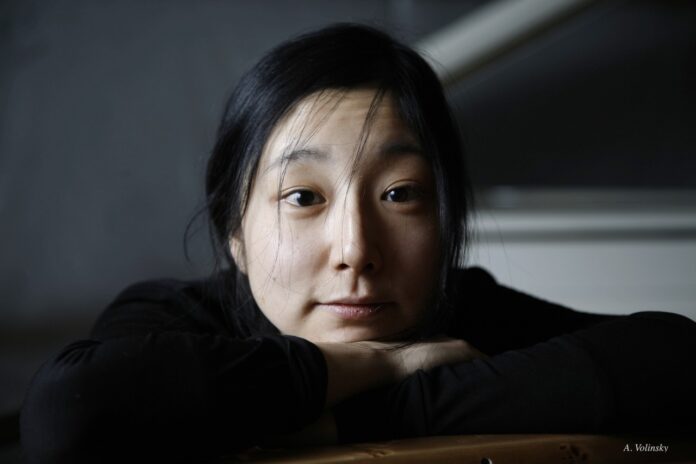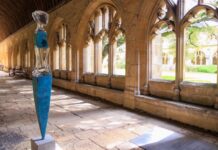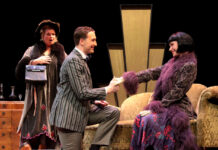As lockdown restrictions ease, and arts organisations start to get back to some sort of normality, the ever-inspiring Orchestra of St John’s is one of the first off the starting block with its announcement of a series of live concerts at Dorchester and the SJE during May and June.
Choral favourites Carmina Burana and Fauré’s Requiem are among the many treats coming up from the OSJ during the coming months, with the emphasis very much on joyful, celebratory music to give audiences that mood boost that we all need right now.
Following the successful format established last autumn, each programme will be performed twice, at 6pm and 8pm, to allow for social distancing. The 8pm concert will also be livestreamed.
“I’ve never heard such an enthusiastic audience. It was like they were gasping for water”
For conductor John Lubbock, who founded the orchestra in 1967, lockdown has provided a unique opportunity to unearth some undiscovered gems from the classical repertoire. So familiar repertoire will be interwoven with occasional sprinkles of little-known delights.
“I have found some marvellous music,” he says enthusiastically. “It’s something I’ve never been able to do in 50 years because I’ve always had a concert coming up. I’m quite a slow learner, so I spend a lot of time studying my scores. But having had all this time, I have found so many wonderful pieces, and I’m really excited by them.”

The new season kicks off at Dorchester Abbey on 22nd May with Wagner’s joyful Siegfried Idyll, written to celebrate the birth of his first son, Siegfried, along with Glazunov’s Intermezzo Romantico, Coleridge-Taylor’s Danse nègre and Fauré’s Four Songs, performed by soprano Ilona Domnich.
An evening of works by Dvorak and Wolf-Ferrari follows at SJE Arts on 29th May, including Dvorak’s Symphonic Variations and Wolf-Ferrari’s little-known Chamber Symphony.
The orchestra is back in Dorchester on 5th June with the OSJ Oxford Voices performing choral music spanning more than 400 years, from Tallis to film composer Harry Escott, and including a special choral arrangement of Vaughan Williams’ popular Lark Ascending.
“I can’t work up any enthusiasm for playing to an empty hall”
Finzi and Copland are in the spotlight at the SJE on 13th June, with Copland’s Appalachian Spring, Finzi’s Eclogue, the rarely-performed Adoration by Florence Price and Peter Warlock’s Old Song. The orchestra is joined by pianist Maki Sekiya for this concert.
Carl Orff’s Carmina Burana, Fauré’s Requiem, plus music by Mozart, Mendelssohn and Brahms are among the delights at a special Summer Festival at the SJE, which runs from 25th-28th June.

After the success of the orchestra’s autumn concerts last year, John is hoping that local audiences will be eager to enjoy some live music again this summer.
“What was interesting about those concerts – we did the two one-hour concerts, each with half an audience, and I’ve never heard such an enthusiastic audience. It was like they were just gasping for water. They were sick to death of Zoom, and they were just exhilarated by the liveness of it.”
The new concert format has proved a surprising hit: “I’m rather enjoying this one-hour twice concerts with no intervals,” John says. “Intervals are a bore, really. So we get a good hour’s music. I think it helps the concentration of the orchestra, too. I’m all for short concerts.
“What I’m not happy about doing is concerts with no audience. I know a lot of orchestras have been doing them and putting them online, but I can’t work up any enthusiasm for playing to an empty hall.”
Social distancing has meant reducing the size of the orchestra – and that has been an unexpected bonus.
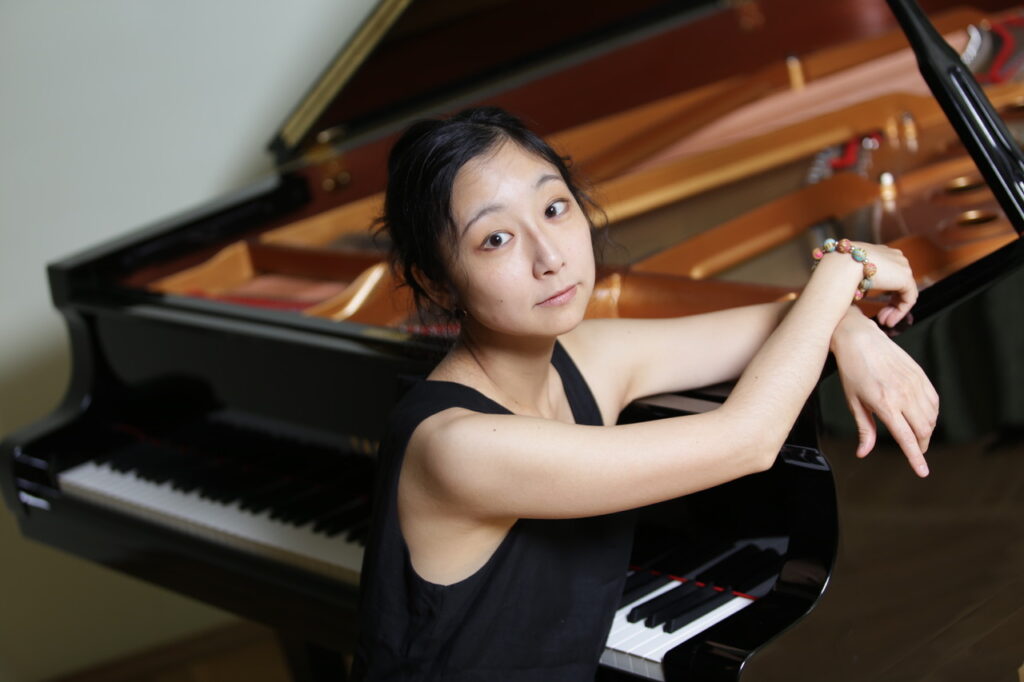
“I’ve been having great fun because I’ve done an enormous amount of re-orchestrating,” says John. “We’re just using an orchestra of either 12 strings or 12 players, which is five strings and then single wind players. And it’s amazing what will reduce.”
The OSJ’s return to live action is very welcome, but in fact the orchestra has never really stopped. Live concerts may have had to be mothballed over the winter, but community projects, which have always been an important part of the orchestra’s activity, have been able to continue.
One of these is the recently-launched serenading project, which has seen some of the orchestra’s players going into gardens at the Warneford and Littlemore hospitals to play to patients and staff. This is now set to continue as part of the orchestra’s ongoing activities.
“Orchestras should be part of the community”
The long-running Music for Autism project, which normally sees members of the orchestra taking workshops into special schools, has also continued during lockdown via Zoom.
“I was very apprehensive,” admits John, “because one of the things the children love is interacting with me and the players, but actually it’s worked fantastically well. The staff have sent us beautiful letters and the children have been unbelievably enthusiastic.
“I’m thrilled, because I really thought this wasn’t going to work without the buzz of human contact, the buzz of the instruments, the whole live thing. I was quite wrong – they absolutely love it, and it’s been particularly good for the staff too because it’s been pretty difficult for them over this last year.”
So, what’s next for the OSJ?
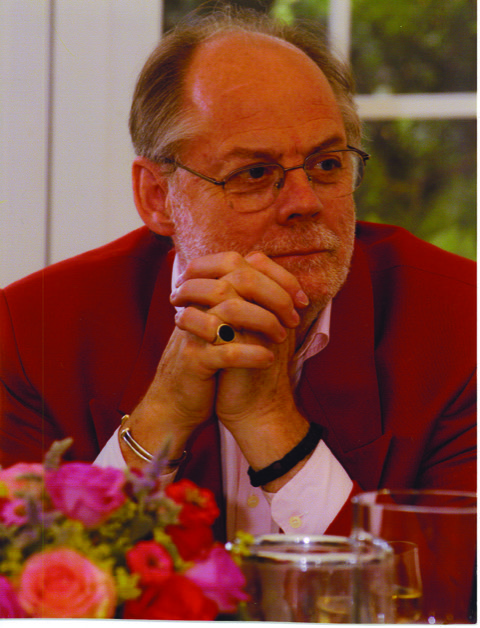
“We’ve been going so long – it’s 54 years now – we just want more of the same,” John says. “I think what lockdown has taught everybody is that all this rushing around the world is such a waste of money and effort.
“Orchestras should be part of the community, like the corner shop, the local library or doctor’s surgery, not some glamorous thing that plays there now and then but spends most of its time in New York.
“We want to go back to the Wigmore, which we can’t do until lockdown’s completely gone. That’s the only thing we can’t do until we’re fully out of it.
“But we can do Dorchester and the SJE. They’re both wonderful venues – both have beautiful acoustics, and we get good audiences at both. So that’s what we’re going to do!”
For more details of the OSJ’s summer season and community projects, visit www.osj.org.uk
NICOLA LISLE











